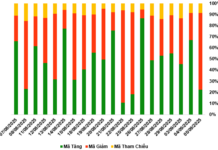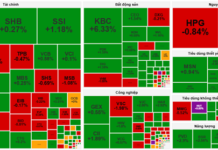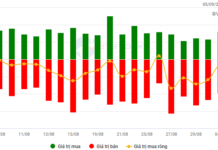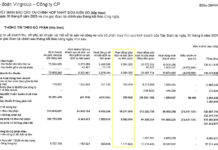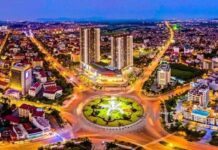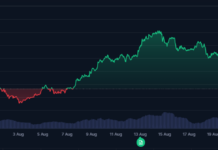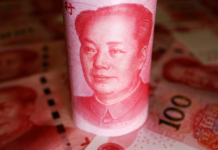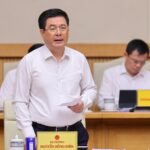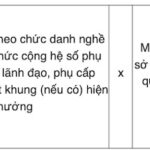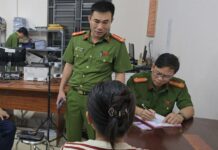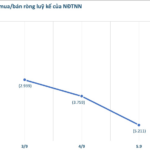Vietnam Seizes Opportunities in the Aviation Industry
Speaking at the roundtable conference “From Aspiration to Aviation Industry Development Opportunities” at the National Exhibition Center this afternoon (9/5), Mr. Tran Hai Dang – CEO of Aircraft Engineering Service Company (AESC) – shared that with geographical advantages, skilled labor, and a favorable investment environment, Vietnam has the opportunity to deeper into the aviation supply chain, turning aspirations into opportunities for developing high-tech industries in the future.
Despite the potential, Mr. Dang candidly acknowledged that Vietnam remains modest and inconspicuous in the global aviation supply chain. Currently, while some domestic enterprises are involved in aircraft frame and engine manufacturing, the scale is still limited and insufficient to form a complete industry.
Mr. Dang mentioned that about five domestic enterprises manufacture certain aircraft frame components. In the engine sector, there is only one initial testing program. Meanwhile, in critical areas such as electronics, materials, rubber, or specialized aircraft paint, there is little to no involvement from Vietnamese enterprises.
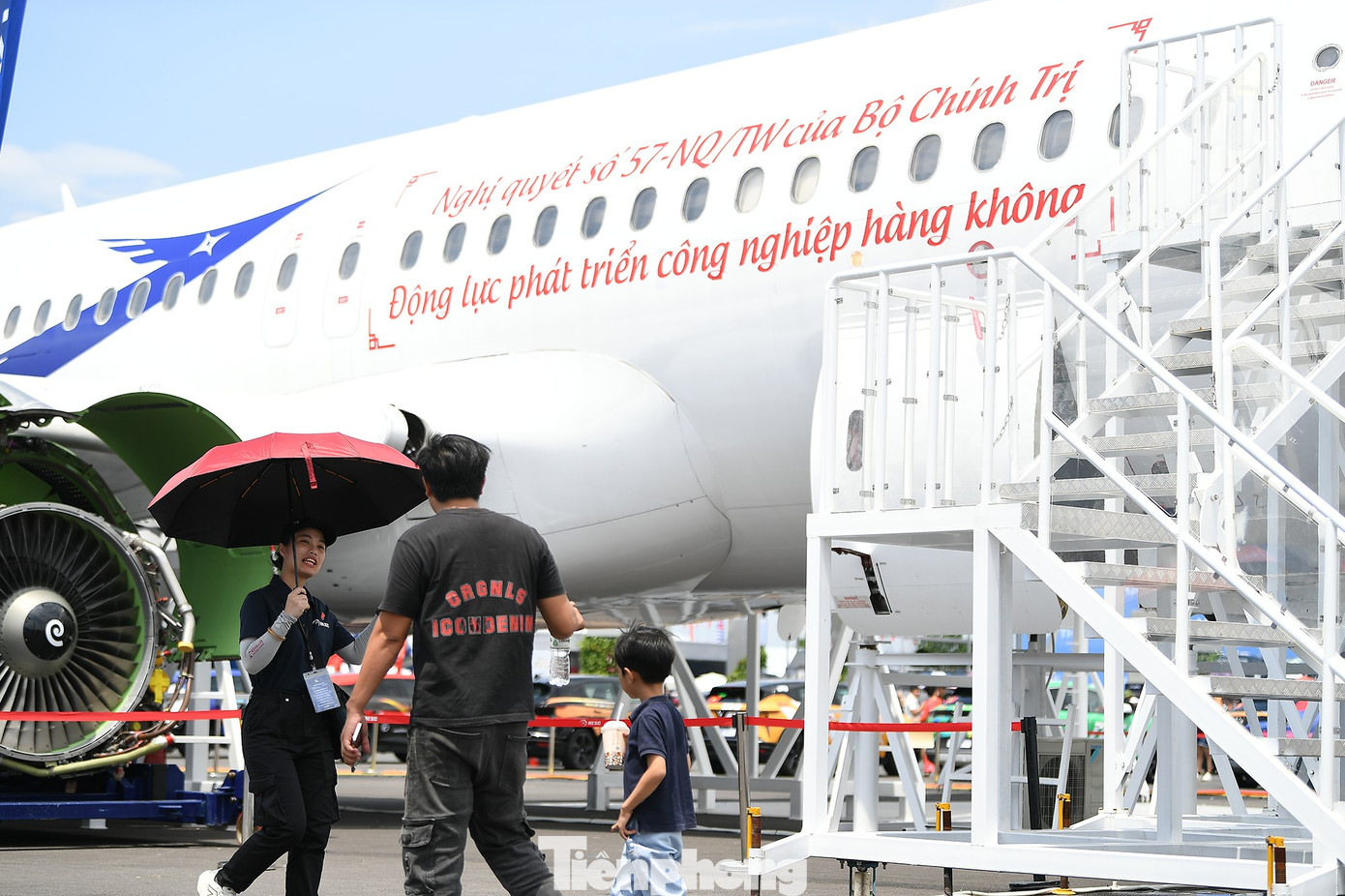
Vietnam has the chance to engage more profoundly in the aviation supply chain.
Addressing the issue directly, the CEO of AESC stated that Vietnam lacks a comprehensive national aircraft development program and only has a few isolated plans. “We must acknowledge that the country lacks a well-thought-out strategy to build the aviation industry,” Mr. Dang emphasized.
Regarding aircraft maintenance and repair (MRO), Vietnam currently has two main facilities: Vietnam Airlines and AESC. Other units are still small-scale and not substantial enough to be considered full-fledged MROs. This situation is not the result of a national strategic program but rather market demand.
According to Mr. Dang, we are focusing too much on manufacturing and not investing enough in infrastructure and technology. Unless we change this, we will remain confined to low-end segments and unable to join the global supply chain. A case in point is that Vietnam cannot produce a $100 bolt for commercial aircraft wheels, while investing in a $3-4 million factory to do so is feasible.
To bring about change, the CEO of AESC believes that a prerequisite is for Vietnamese enterprises to obtain approval from relevant authorities and the International Air Transport Association (IATA) and acquire certifications such as AS9100, FAA, and EASA from the US and Europe. However, this process is costly and time-consuming, with uncertain capital recovery.
“There should be a mechanism for cooperation and sharing among Vietnamese enterprises in the aviation industry, instead of competing and stepping on each other’s toes. We should collectively leverage our capabilities and existing certifications. The state needs to develop a specific aircraft development program with a core and satellite enterprises,” Mr. Dang suggested.
Shaping the Aviation Industry in Vietnam
At the conference, Mr. Uong Viet Dung, Director of the Vietnam Civil Aviation Authority (CAAV), shared that Vietnam currently has 14 commercial and specialized airlines operating 254 aircraft, with an expected expansion to 400 modern aircraft by 2030. Additionally, the country boasts an expanding flight network, with 52 domestic and 211 international routes.
According to the Director of CAAV, the Vietnamese market has the advantage of low labor costs, a shifting aviation supply chain, new technology, sustainable fuel, and skilled human resources. Notably, with an integration mindset and a strategic quartet showcasing innovation and a drive for development, Vietnam can establish prominent aviation hubs in the region by removing bottlenecks through legal revisions.
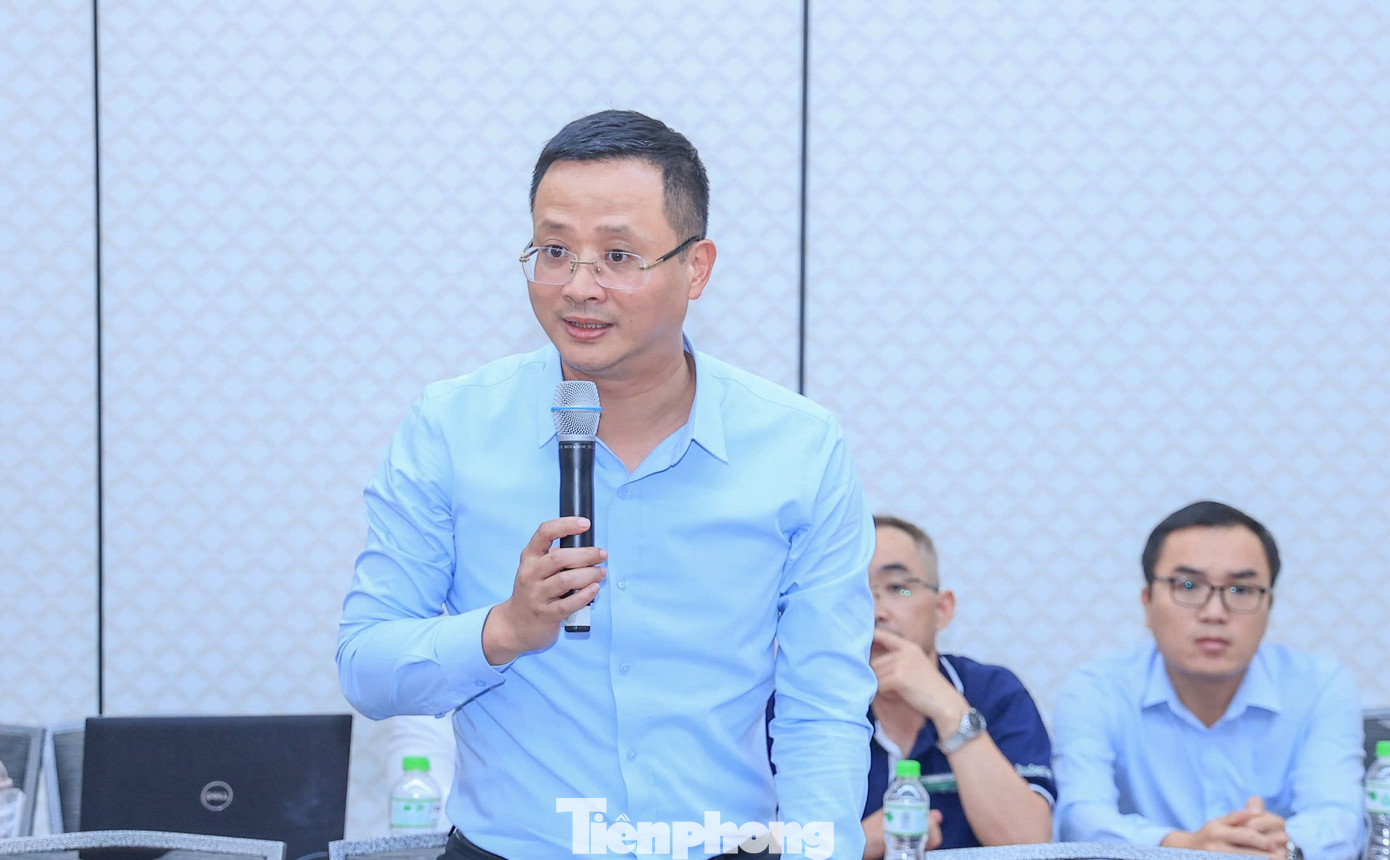
Mr. Uong Viet Dung, Director of the Vietnam Civil Aviation Authority.
“We need to shape the aviation industry in Vietnam, set short-term development orientations, establish aviation and logistics hubs, and penetrate manufacturing giants like Boeing and Airbus. Hopefully, we will one day realize the dream of producing ‘Made in Vietnam’ aircraft,” said the Director of CAAV.
During the conference, a representative from the Vietnam National Innovation Center (NIC) proposed that Vietnam should formulate a comprehensive strategy and master plan for developing the national aerospace industry. They also emphasized enhancing coordination between ministries, sectors, and enterprises, along with boosting investment in infrastructure and research and development.
Additionally, the NIC representative suggested completing preferential and supportive policies to attract investment and foster linkages between universities and enterprises. They also highlighted the importance of clarifying the roles and responsibilities of relevant agencies and organizations in the industry’s development process.
Trade Minister: 2025 Trade Volume Set to Break Records
Let me know if you would like me to tweak it further or provide additional ideas!
The Ministry of Industry and Trade forecasts a remarkable milestone for Vietnam’s trade this year, with expectations of reaching a record-breaking $800 billion in import and export turnover. This unprecedented achievement surpasses the $786 billion mark set in 2024, showcasing the country’s thriving economic landscape and promising future prospects.
Title: Experts: The Financial Clout and Contributions of Private Enterprises Have Far Surpassed the “Start-up” or “Complementary” Stages.
“The growing presence of private sector involvement in government budgets is indicative of a maturing Vietnamese economy, where resources are allocated in a more multi-pillar and balanced fashion.” – Mr. Phan Vu Hoang, Deputy General Director of Tax and Legal Advisory Services at Deloitte Vietnam, commented on the recently released PRIVATE 100 list by CafeF.
“The Benefits of Registering for a 17% Tax Rate: Why It’s a Smart Move for Your Business”
The Ministry of Finance has recently submitted to the Ministry of Justice a dossier for appraisal of the Personal Income Tax Law (amended). This latest draft features several significant changes, most notably the introduction of a mechanism to calculate taxes on income and apply a 17% tax rate for households and individuals with business revenues exceeding the prescribed threshold.
“NCB Visa Cards Shine Bright Across Hanoi for National Day Celebrations”
Introducing the NCB Visa card, a symbol of pride and patriotism, released just in time for the 80th anniversary of our nation’s independence. With its vibrant red and yellow colors, this special “Pride” edition card is a perfect tribute to our beloved country. Just like the vibrant hues of our national flag flying high across the streets, this card adds a special touch to your celebrations.

